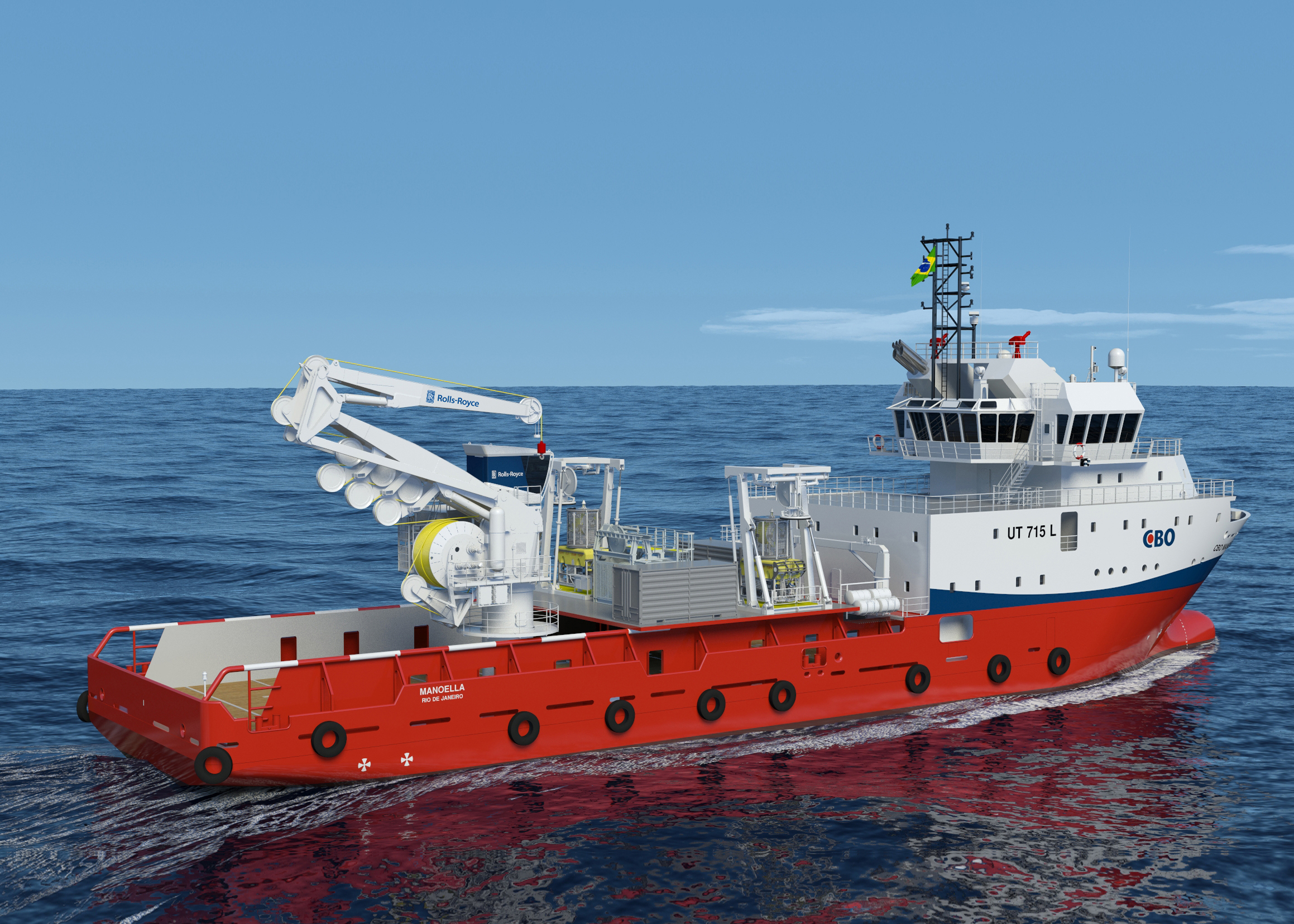
A refit that’s turning a PSV into a ROV support vessel is taking advantage of a very new subsea crane that can handle both wire and fibre, providing flexibility in a challenging market.
The 76.7m platform support vessel CBO Manoella is one of a pair that’s being transformed into RSVs. As a Rolls-Royce UT715 design that first went into service in 2009, this vessel isn’t exactly old: however the market has changed dramatically during its lifetime. Despite that, this series of ‘North Sea standard’ PSVs were designed to be practical, flexible workhorses with a fair sized deck and good sea keeping characteristics, so it’s no surprise that Manoella’s adaptability has found it work in other segments.
Continue reading “New subsea crane that can handle both wire and fibre is breaking new ground”










